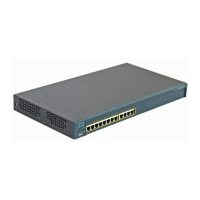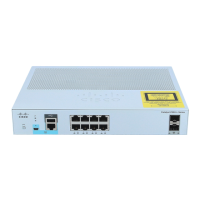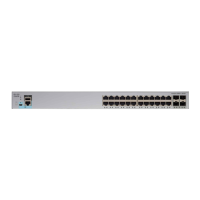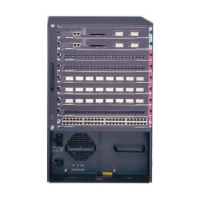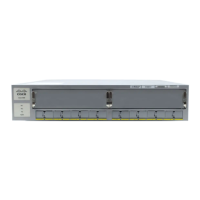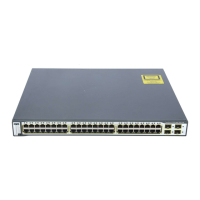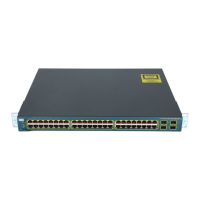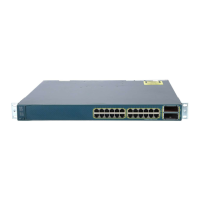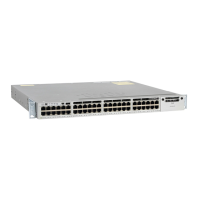6-19
Catalyst 2900 Series XL and Catalyst 3500 Series XL Software Configuration Guide
78-6511-05
Chapter 6 Configuring the System
Configuring SNMP
Entering Community Strings
Community strings serve as passwords for SNMP messages, permitting access to
the agent on the switch. If you are entering community strings for a cluster
member, see the “SNMP Community Strings” section on page 5-10. You can enter
community strings with the following characteristics:
Read-only (RO)—Requests accompanied by the string can display MIB-object
information.
Read-write (RW)—Requests accompanied by the string can display MIB-object
information and set MIB objects.
For CLI procedures, refer to the Cisco IOS Release 12.0 documentation on
Cisco.com for additional information and CLI procedures.
Adding Trap Managers
A trap manager is a management station that receives and processes traps. When
you configure a trap manager, the community strings for each member switch
must be unique. If a member switch has an assigned IP address, the management
station accesses the switch by using that IP address.
By default, no trap manager is defined, and no traps are issued. Table 6-2
describes the Catalyst 2900 XL and Catalyst 3500 XL switch traps. You can
enable any or all of these traps and configure a trap manager on these switches to
receive them.
Table 6-2 Catalyst 2900 XL and Catalyst 3500 XL Switch Traps
Config Generate traps whenever the switch configuration changes.
SNMP Generate the supported SNMP traps.
TTY Generate traps when the switch starts a management console CLI session.
VLAN membership Generate a trap for each VLAN Membership Policy Server (VMPS) change.
VTP Generate a trap for each VLAN Trunk Protocol (VTP) change.
C2900/C3500 Generate the switch-specific traps. These traps are in the private
enterprise-specific Management Information Base (MIB).
